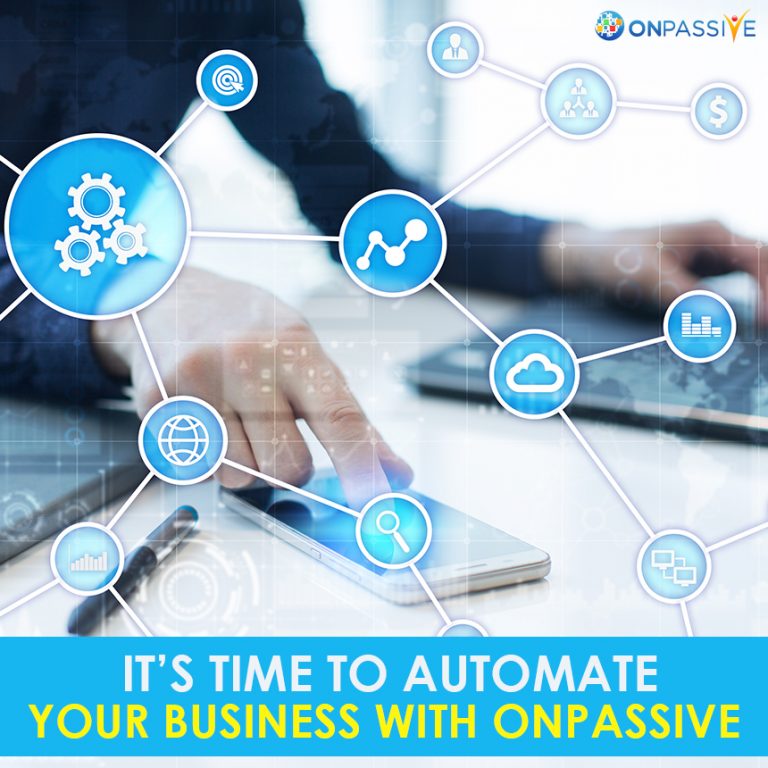
Businesses are labs of innovation; several companies had claimed a competitive edge by embracing and adopting innovation before others did. An excellent example of this is Netflix, an organization that recognized that emerging technologies would ultimately become the pattern and the traditional way of delivering and watching video content.
One such innovation that enterprises must pay attention to is the continuous advancement of artificial intelligence (AI). AI enables companies to reap the profits of blockchain and Big Data, and on a smaller and more practical scale, empowers companies for business automation. These are excellent opportunities for a company to leverage to enhance its turnarounds, manage its expenditure, and control its quality levels.
AI-powered automation streamlines businesses
AI nowadays is much more enhanced and polished by machine learning, which works as a robust backbone of automation. AI can employ robotic process automation or RPA to help reduce costs, increase processing speed, enhance quality controls, and free up time for more strategic work.
As per research, 88% of companies forecasted a moderate-to-high demand for RPA in accounting, manufacturing, finance, and IT. RPA also has the added advantage of providing essential data on the business’s performance, particularly on the transactional level. This presents businesses with the knowledge that helps with the advancement of value propositions and operational strategies.
Several organizations are starting to welcome the opportunities presented by an AI-driven network. In an increasingly results-oriented business environment, AI-driven automation is the ticket to shorter downtimes, more consistent output, and fewer errors.
End to end process automation
Last 5–10 years have shown us the rise in the number of tools or products that present a great solution to automate a process end to end operating through complex systems. These tools serve to automate tasks or activities irrespective of whether the applications are on the desktop or windows, working on the web, or in a virtual environment — and also present automation around applications such as PDF, Email, Database, Excel, APIs and many more.
These tools come under the section of Robotic Process Automation or RPA, computer software that allows everyone to configure an AI robot to copy human communications within digital systems like a computer to execute business processes and activities. The robot can interpret, work through complex systems and applications, trigger replies, and interact with other computer systems to perform several repetitive business tasks.
Secondly, the “smartness” feature of automation, there are awe-inspiring capabilities included to these RPA tools, and still growing, nowadays which is “Intelligence” that is, an RPA tool which can listen (natural language processing), write (natural language generation), comprehend/understand the text and unstructured data, see the screen (computer vision), identify objects in the images, machine learning, extract text from the pictures, and other cognitive abilities. The business automation leverages these cognitive technologies, and artificial intelligence alongside RPA is known as Intelligent Process Automation (IPA).
What to keep in mind when embarking on business process automation
Ensure that automation improves the ‘meat’ of the targeted process. Automating workflows needs understanding them in-depth on a step-by-step format. Describe the complete procedure, in particular, exact steps to make sure that the best conditions trigger actions in the correct order.
Make sure that you pick the right IT consultant who can offer guidance for you on choosing solutions that are suitable, adequate, and do not pose integration threats. Integrating multiple systems and tools is a challenge of executing business automation. Only if the preferred systems’ talk’ to each other can you receive the full benefits of BPA.
Follow the regulations you may require to meet concerning security and data protection. Also, analyze the influence of company policy to ensure there is no abuse or compliance issue.
Follow-up on the cost benefits, productivity, and/or efficiency of implementing AI. Ascertain pre-automation benchmarks to discover the range of profits post-automation. Also, look for feedback from employees on their experience utilizing the AI systems and its repercussions on their work.
Wrapping Up
Finally, as AI frequently generates a fear of job loss, you must efficiently convey that business automation processes can open up employment opportunities. It is up to the company to remove uncertainty around AI adoption and try to sell the advantages of business process automation to the workforce. Moving forward, business success will be anchored on machine learning, automation, and artificial intelligence.
It’s either your company apply these smart practices to compete better or be irrelevant in a tech-driven world. The toolkits from ONPASSIVE will disrupt the conventional systems and produce significant gains for all in the near future.


